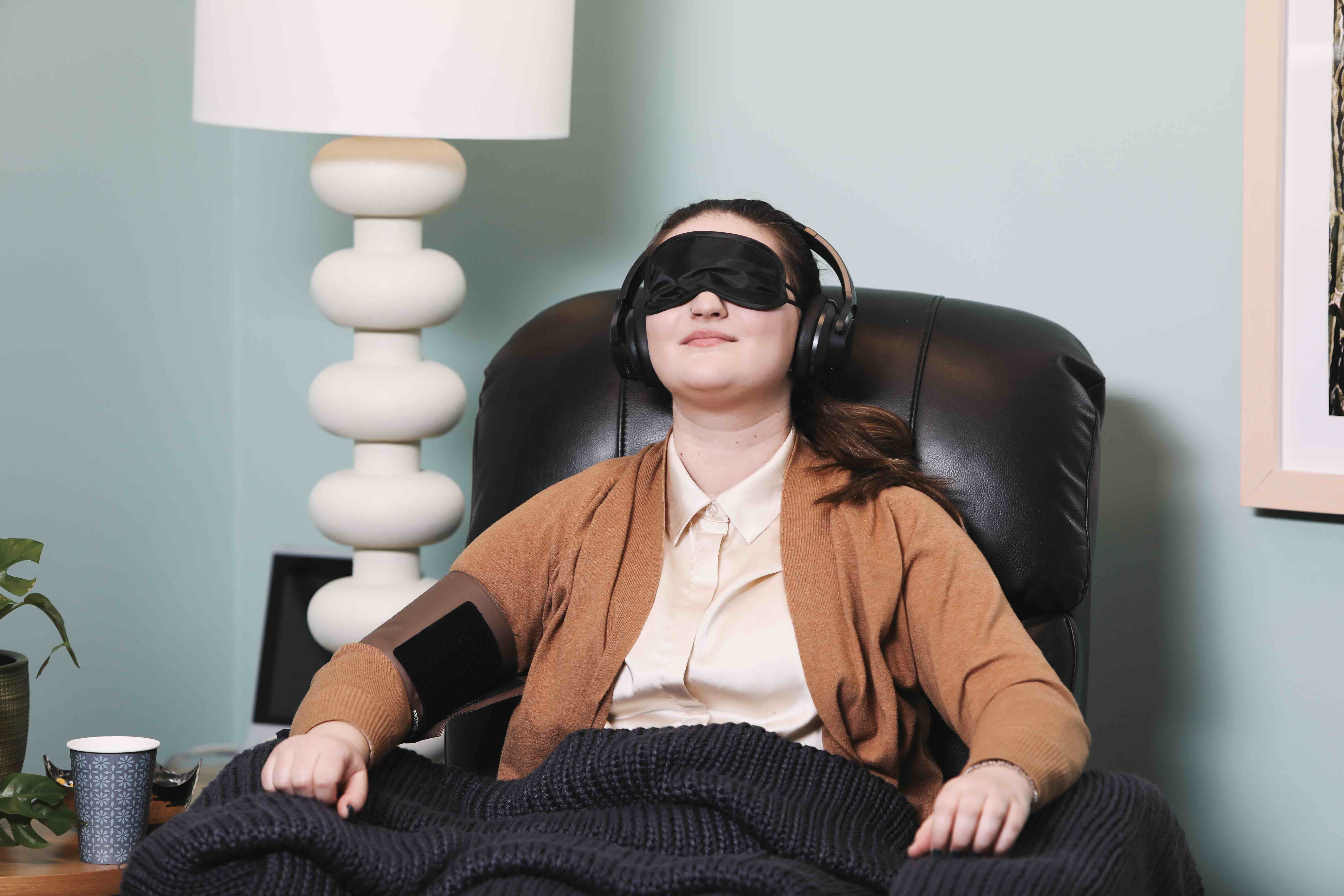Defining, Measuring, and Recognizing “Better” in Ketamine Therapy
When discussing an experiential medicine like ketamine therapy or esketamine (Spravato) treatment, oftentimes the question “How will I know if it’s working?” will arise — as there is a level of qualitative measurement that inherently cannot be present in this context like there is with a physical ailment (i.e. no blood markers, no samples to take). As a result, the answer isn’t always straightforward.
Feeling “better” does not always mean feeling euphoric, happy, or symptom-free. Sometimes the first signs of change are quieter — a shift in energy, a moment of relief from dark thoughts, or an observation from a loved one before the patient notices it themselves. This blog brings together three important perspectives: how “better” is defined, how progress is measured, and why improvement may not always feel obvious right away.
What Does “Feeling Better” Mean in Ketamine Therapy?
Ketamine Therapy Giving Back Energy and Motivation
One of the earliest and most meaningful signs of response to ketamine therapy can be an increase in energy. Patients who have struggled to get out of bed may suddenly find themselves able to complete small daily tasks. Motivation returns gradually — first in the form of showering, preparing a meal, or going for a walk. These shifts may seem minor, but for someone with treatment-resistant depression, they can mark a profound step forward.
Ketamine Presenting Relief from Suicidal Thoughts
For others, “better” is defined not by mood elevation but by the easing of suicidal ideation. Clinical studies have shown ketamine’s unique ability to rapidly reduce suicidal thinking in some patients. Even when sadness remains, the removal of this burden can create a crucial opening for safety and healing.
Functional Recovery from Spravato or Ketamine Treatment
Ketamine’s impact is often measured by function — being able to return to school, work, or relationships in a more engaged way. A patient may not describe themselves as happy, but they may find they are more present with their children, more focused at work, or less avoidant in therapy. These are valid and significant definitions of “better.”
How Do You Know If Ketamine Therapy Is Working?
Self-Awareness
Patients often have an internal sense of whether something is shifting. They may describe their thoughts as “less sticky,” their emotions as more accessible, or their minds as less clouded. These subjective impressions are important clinical data.
Behavioral Shifts
Sometimes the best markers are external. Clinicians and family members may notice changes before patients do — a lighter tone of voice, increased social interaction, color returning to the face, or reduced withdrawal. Even small steps, like engaging in hobbies again, can signal meaningful improvement.
MADRS, PHQ-9, and Other Scales
Clinicians use structured tools like the Montgomery–Åsberg Depression Rating Scale (MADRS) to measure progress objectively. These rating scales track changes in mood, sleep, concentration, and energy across sessions. While they cannot capture every nuance of recovery, they provide an anchor for assessing change over time.
Why You Might Not Notice Ketamine Working Right Away
Disconnect Between Inner and Outer Change
It’s common for patients to feel unchanged even as those around them observe shifts. Depression can narrow self-perception so much that early improvements remain hidden to the person experiencing them. A friend or clinician may say, “You seem lighter,” while the patient still feels weighed down.
Retrospective Realization
Often, the recognition of progress comes later. Patients may look back after several weeks of treatment and realize they have been doing more, feeling safer, or experiencing moments of connection they hadn’t noticed in real time. Progress in ketamine therapy is not always dramatic — sometimes it is subtle, cumulative, and only visible in hindsight.
Returning to You: How Do You Feel After Ketamine Treatment?
Defining success in ketamine therapy requires more than one lens. Relief may appear as energy, the softening of suicidal thoughts, or the capacity to function more fully. It may be tracked by inner intuition, external behaviors, or rating scales. And it may not always be obvious in the moment — sometimes progress is only recognized when looking back.
At Lumin Health, we encourage patients to define “better” in their own terms, while we provide clinical structure and support. Whether change feels immediate or unfolds gradually, what matters most is that each step forward belongs to you — a marker of your own healing journey.







